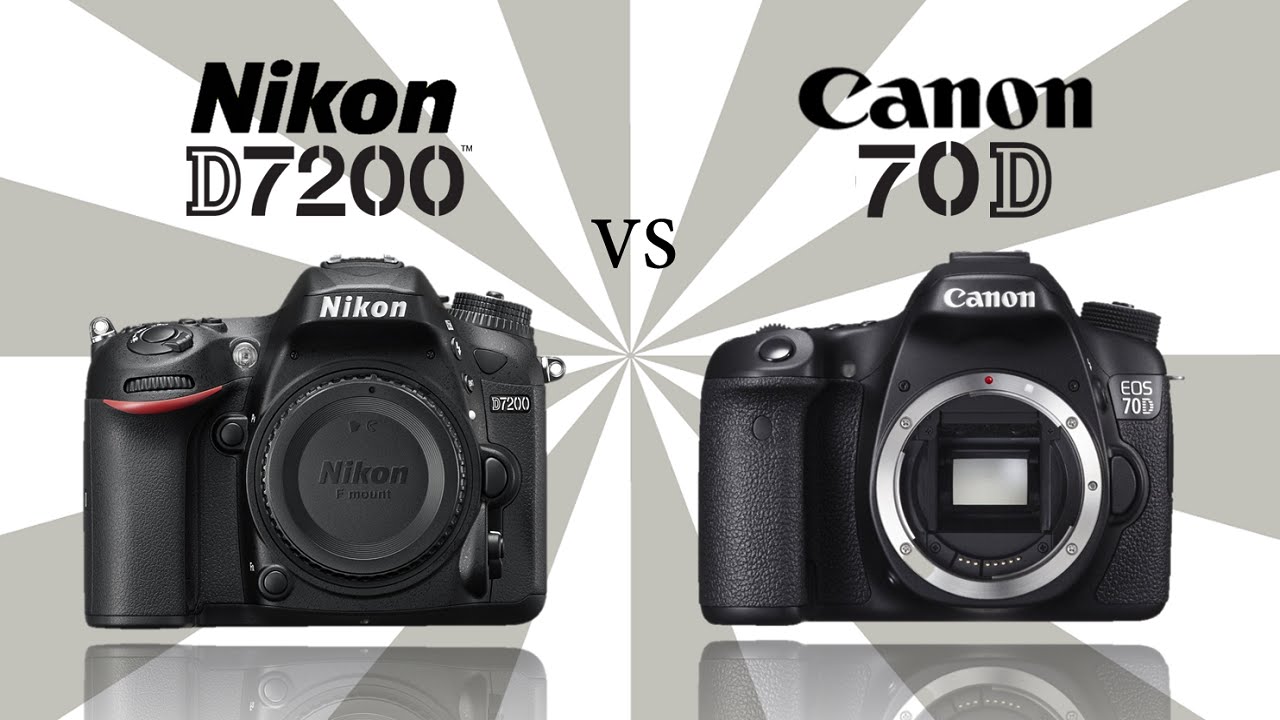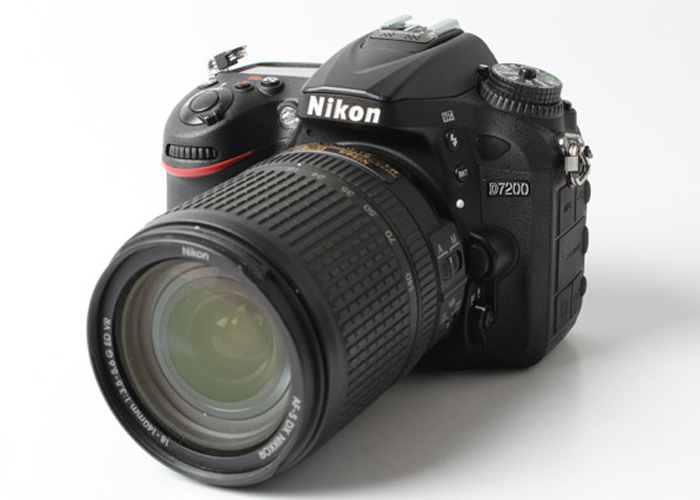Folks are quite interested in just owing a DSLR with a lens of large aperture and several megapixels. These details are sufficient for everyday photography or clicking the shots of a casual function. However, when the need arises one has to dig a bit deeper to obtain what you want from the camera. As the camera at such a precise level is more of a need it is the passion and owing the best is the ultimate desire. In the quest of best cameras, we have two top notch DSLRs quite similar yet have some contrast features to suit the users of different needs here is an overview of the two cameras.

Canon EOS 70D
The product was launched back in March 2013 with the introductory price of about 60,000. Talking about few technical information, it has a CMOS sensor with 20 megapixels and a light sensitivity of 12,800 ISO while it can boost to 25,600 ISO. The camera has a picture resolution of 5472 x 3648. Talking about the display, its LCD is quite vibrant in color. It has 7.6cm diagonally while composed of 1,040k dots. The camera can make HD video of 1080p with 30fps with an additional feature of autofocus.

Nikon D7200
The capturing beast was introduced in March 2015 with the price of 67,276 and also built using CMOS sensor with a crop factor of 1.5x. it has 24 megapixels and light sensitivity of 25,600 ISO while it can boost to 102,400 ISO. There is an additional feature of lens cleaning. The picture resolution for this camera is 6000 x 4000. It has a sliding LCD which diagonal measure to 8.1cm and has a display of 1,228k dots.
To be precise, both the cameras are quite similar with the difference observed in the lens megapixels. For every day shooting the difference is not noticeable. It’s only a matter of loyalty to the brand which you prefer.


David French is an avid tech enthusiast. He loves to read about new innovations and technologies as well as share his thoughts on what he finds. He has a degree in English from the University of South Florida, but spends most of his time writing about technology rather than reading literature.


